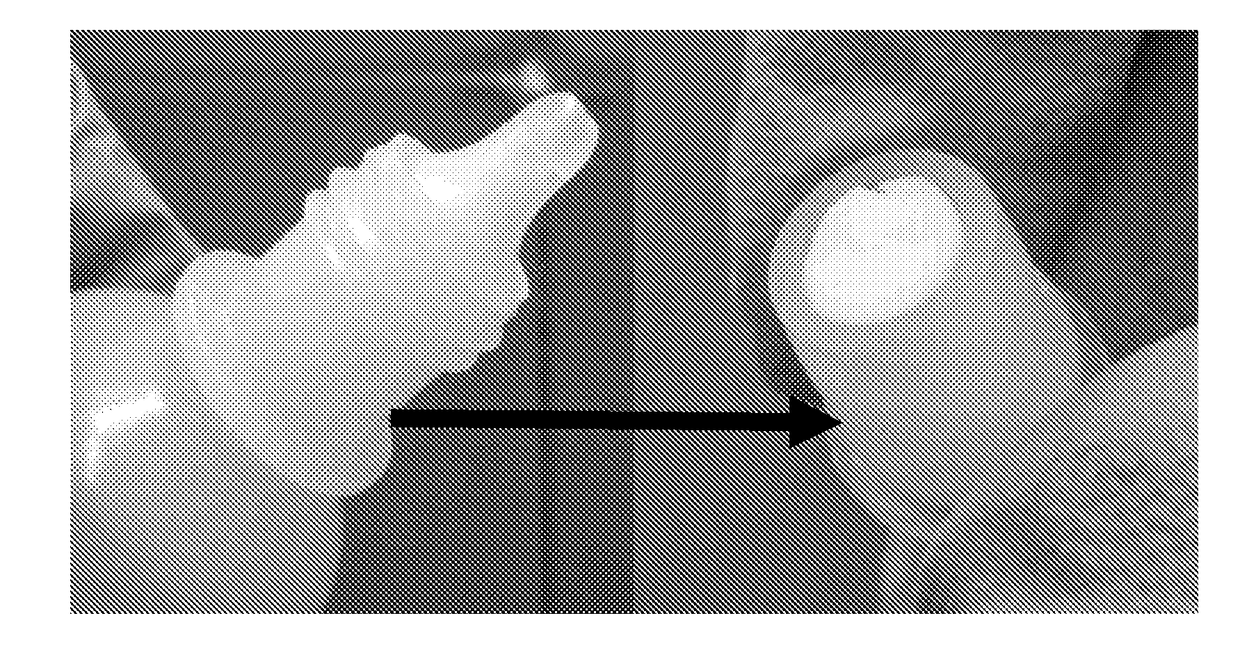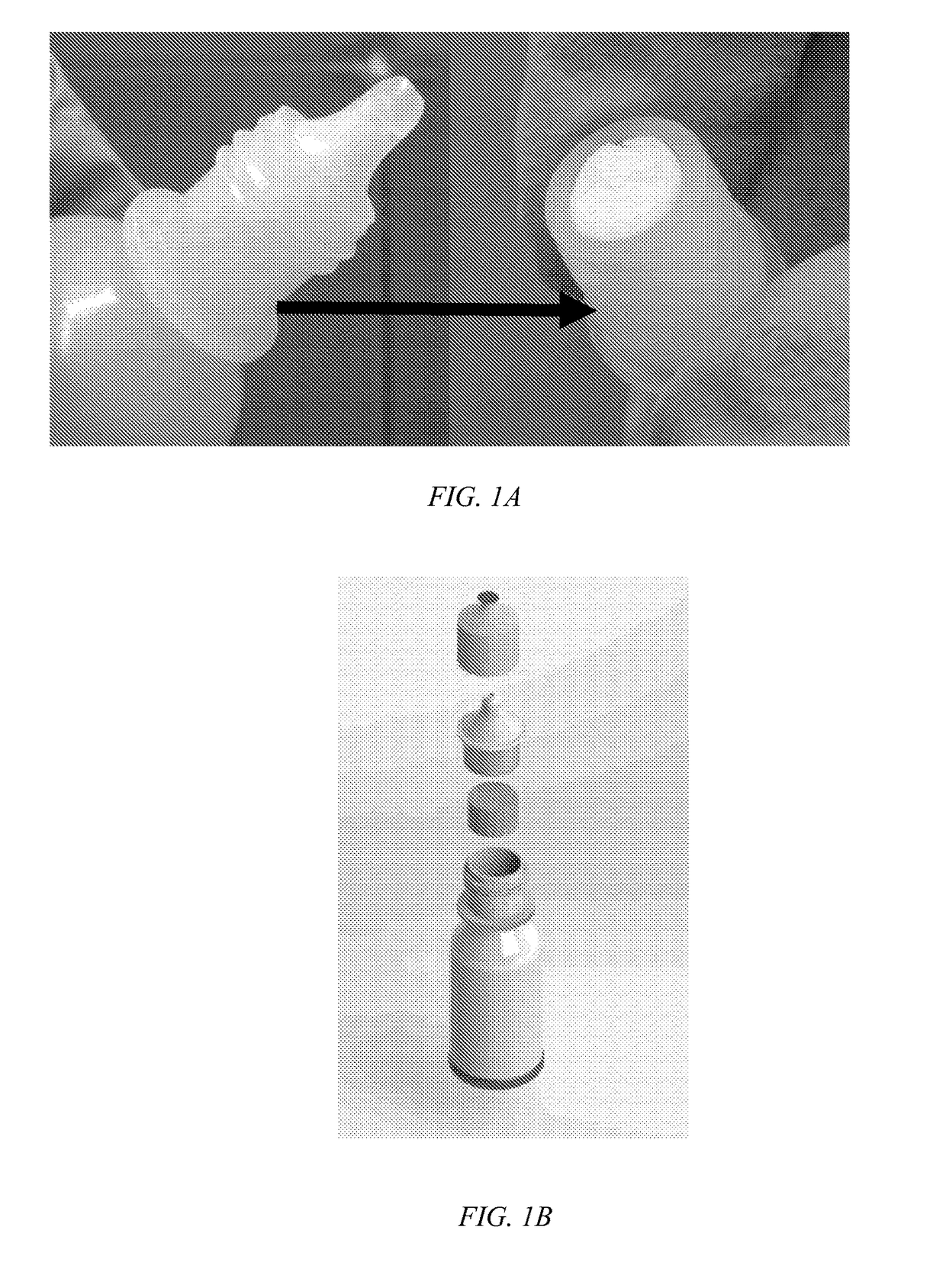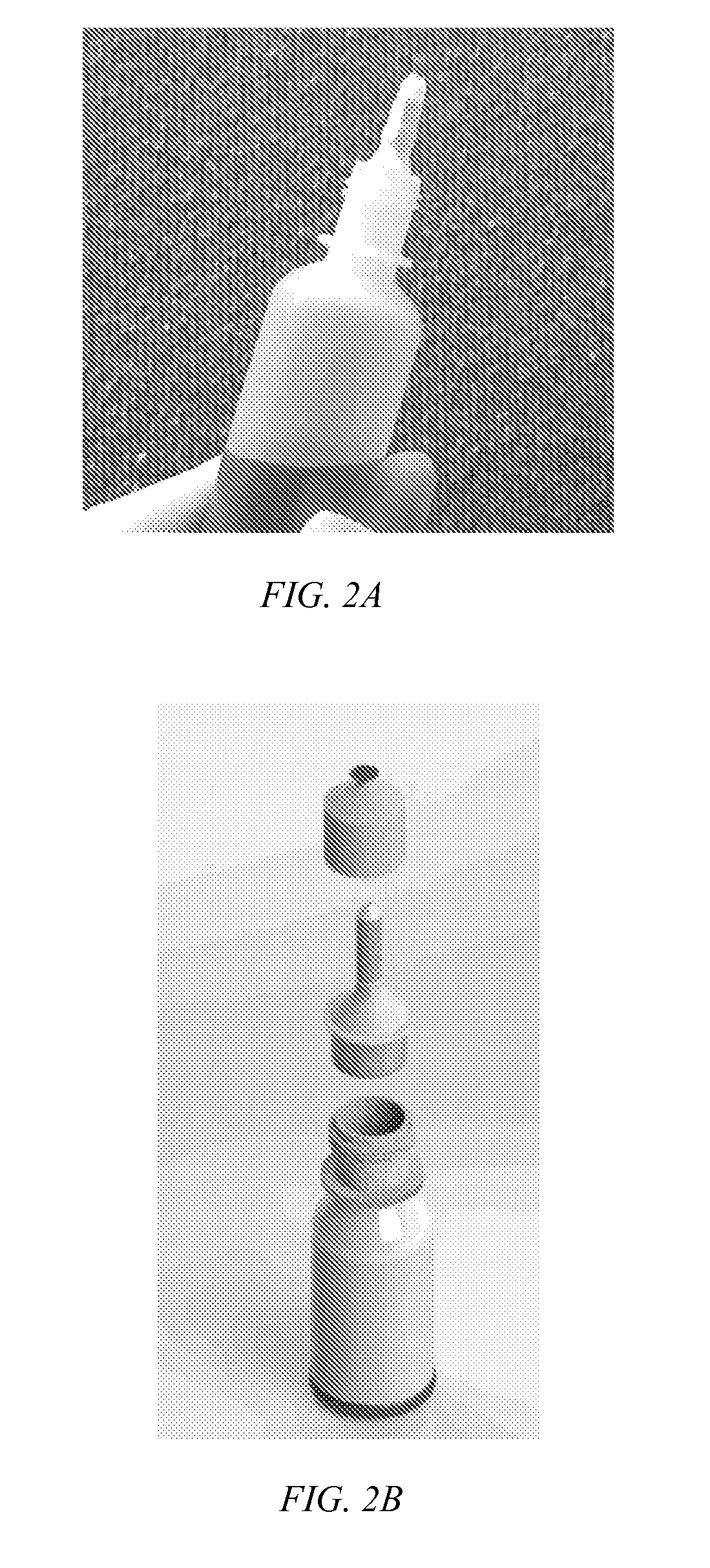Preservative Removal from Eye Drops
a technology of eye drops and preservatives, which is applied in the field of preservative removal of eye drops, can solve the problems of inability to achieve the targeted antimicrobial and antifungal effect, additional risks of cross-contamination, and drug solutions in eye drop bottles can get contaminated during use, so as to reduce or eliminate the effect of further drug uptak
- Summary
- Abstract
- Description
- Claims
- Application Information
AI Technical Summary
Benefits of technology
Problems solved by technology
Method used
Image
Examples
Embodiment Construction
[0043]Embodiments of the invention are directed to a multi-dosing device and method that eliminates patients' exposure to preservatives, particularly BAK, in delivered eye drops while retaining BAK in the contained formulation and ensuring that the eye drop bottle remains sterile. Benefit of the BAK for storage is retained while the potential for ocular toxicity from BAK is eliminated. In an embodiment of the invention, a porous preservative removing device, also referred to herein as a plug, is situated in the neck of the eye drop bottle leading to the drop exit, as shown in FIG. 1. In another embodiment of the invention, the plug is situated in a section of the tip of the eye drop bottle, as shown in FIG. 2. A large tip is included in the bottle to allow a long plug to be positioned therein The preservative removing device can be separate filter that is attached to the formulation dispensing unit through a suitable connector for use. The plug must display a high hydraulic permeabi...
PUM
| Property | Measurement | Unit |
|---|---|---|
| partition coefficient | aaaaa | aaaaa |
| radius | aaaaa | aaaaa |
| volume | aaaaa | aaaaa |
Abstract
Description
Claims
Application Information
 Login to View More
Login to View More - R&D
- Intellectual Property
- Life Sciences
- Materials
- Tech Scout
- Unparalleled Data Quality
- Higher Quality Content
- 60% Fewer Hallucinations
Browse by: Latest US Patents, China's latest patents, Technical Efficacy Thesaurus, Application Domain, Technology Topic, Popular Technical Reports.
© 2025 PatSnap. All rights reserved.Legal|Privacy policy|Modern Slavery Act Transparency Statement|Sitemap|About US| Contact US: help@patsnap.com



